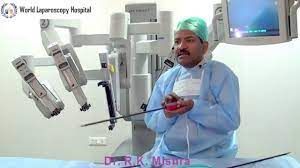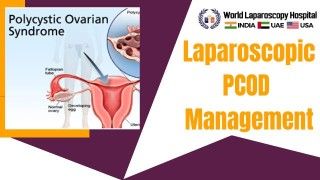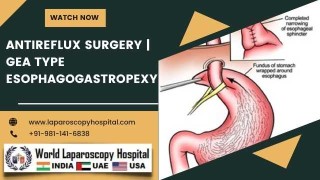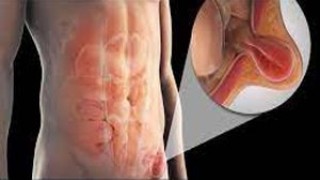Laparoscopic Training in USA at World Laparoscopy Training Institute
Add to
Share
1,415 views
Report
3 years ago
Description
World Laparoscopy Training Institute courses are technically-oriented, involving intensive skills development for clinical application. Learning a high standard of laparoscopic operative skills focused on laparoscopic suturing and intracorporeal knot tying for manual tissue approximation is the primary goal for our curricula. The World Laparoscopy Training Institute Institute offers laparoscopic surgical training courses to surgeons in a wide variety of specialties. Clinical procedures are not taught in our programs, and live animal models are not used. Inanimate and fresh animal tissue are employed to create progressively challenging training models that simulate laparoscopic clinical procedures. Examples include: General Surgery: gastrostomy, gastrojejeunostomy, enteroenterostomy, pyloroplasty, choledochotomy, choledocojejeunostomy and other surgeries Gynecology: repair of bladder injury, vaginal cuff, myomectomy, bowel injury and other surgeries Urology: repair of bladder injury, vesicourethral anastomosis, pyeloplasty, and other surgeries Participants work at individual training stations with state-of-the-art clinical equipment and instrumentation. World Laparoscopy Training Institute also offers equipment for photo and video documentation of the participant’s work at World Laparoscopy Training Institute for personal use or for presentation and reporting purposes. World Laparoscopy Training Institute training offers a personal tutorial approach that is individually paced and considers each participant’s experience, skill level, interests, and goals. Instructors assess the participant’s initial skill level and design a curriculum of exercises with increasing difficulty levels to enable the surgeon to gain competence in his or her desired goals. Topics include the following: Improvement of visual perception and eye-hand coordination Proper tissue-handling techniques Meticulous techniques for laparoscopic suturing and intracorporeal knotting techniques Features of instrumentation, equipment, and sutures that affect performance and efficacy Optimization of the equipment settings and surgical field arrangement Application of ergonomic principles Establishment and reinforcement of good habits; correction of erroneous technique Strategies for implementation and troubleshooting A comprehensive approach to laparoscopic surgical skill development for both fundamental techniques as well as nuanced execution Fluently choreographed movements The Economy of Motion principle Ambidextrous techniques Established skills standards and self-evaluation methods The ultimate goal for the surgeon is to demonstrate efficient, safe, and flawless technique as well as an elegant overall surgical approach. Audience Formal one-on-one training and small group classes are designed for: the clinician without previous laparoscopic surgical experience the clinician who is self-taught and wishes to have his techniques consolidated and updated, reducing the time and effort needed to adapt surgical skills for clinical use the clinician who has taken courses or has assisted and/or performed in clinical cases and wishes to: Refine surgical technique Improve efficiency and results Reduce operating time and fatigue the resident or fellow who wishes to become proficient for clinical and/or research applications the resident who wishes to apply for a fellowship that lists laparoscopic skills as a prerequisite
Similar Videos






